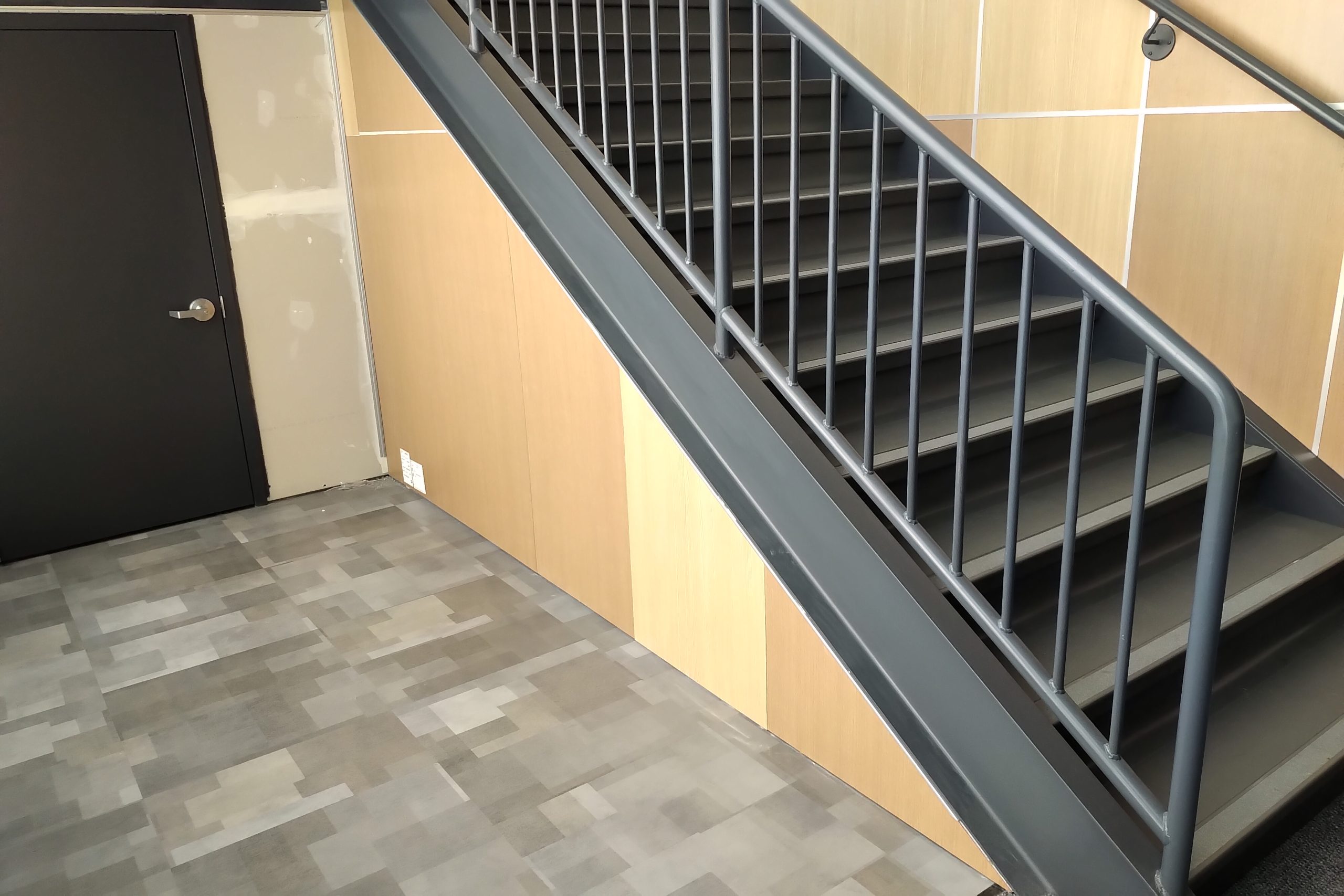School Renovation
The school renovation project aimed to create a modern, safe, and stimulating learning environment for students and staff. Here’s a detailed overview of the process:
Initial Phase: Planning and Vision
- Needs Assessment: The project began with a comprehensive needs assessment involving consultations with teachers, students, parents, and administrators. The goal was to understand the specific requirements for classrooms, labs, libraries, and recreational areas.
- Design Concept: The vision was to create an innovative and adaptable learning environment. The design focused on incorporating technology, enhancing natural light, and creating flexible spaces that could support various teaching methods.
Phase 1: Structural Planning and Construction
- Site Preparation: This included clearing the site, ensuring structural integrity, and complying with safety standards. Temporary classrooms were set up to minimize disruption to students’ education.
- Building Framework: Construction involved reinforcing existing structures and adding new buildings where needed. The framework was designed to be both functional and aesthetically pleasing, with an emphasis on sustainability.
Phase 2: Interior Design and Layout
- Classroom Upgrades: Classrooms were redesigned to be flexible and technology-enabled. This included movable furniture, interactive whiteboards, and ample storage for materials. The use of bright, engaging colors and ergonomic furniture aimed to create a conducive learning environment.
- Science and Computer Labs: These were equipped with state-of-the-art technology and equipment. The design ensured safety and maximized space for hands-on learning and experimentation.
- Library and Media Center: The library was transformed into a media center, featuring digital resources, comfortable reading areas, and collaborative spaces. It became a hub for learning and research.
Phase 3: Technology Integration
- Network and IT Infrastructure: A robust IT infrastructure was established to support high-speed internet and network connectivity throughout the school. Classrooms were equipped with modern computers, projectors, and other digital tools.
- Smart Classrooms: Integration of smart classroom technology allowed for interactive learning experiences. This included digital boards, student response systems, and online learning platforms.
Phase 4: Recreational and Common Areas
- Cafeteria and Dining Hall: The cafeteria was renovated to provide a welcoming and hygienic environment for students. The design included modern kitchen facilities, comfortable seating, and ample natural light.
- Auditorium and Performing Arts Spaces: These spaces were upgraded with improved acoustics, lighting, and seating arrangements. The aim was to support school events, performances, and assemblies.
- Sports Facilities: Outdoor and indoor sports facilities were enhanced. This included refurbishing the gymnasium, upgrading the playing fields, and adding new equipment for various sports.
Phase 5: Safety and Accessibility
- Safety Measures: The renovation prioritized safety with the installation of modern fire alarms, sprinkler systems, and secure entry points. Emergency exits were clearly marked, and safety drills were planned.
- Accessibility: Ensuring accessibility for all students was a key focus. Ramps, elevators, and accessible restrooms were added to comply with ADA standards.
Final Touches and Opening
- Decor and Artwork: Final touches included adding educational murals, student artwork, and inspirational quotes throughout the school to create an uplifting atmosphere.
- Inspection and Approval: A thorough inspection ensured all work met safety and quality standards. The renovated school was then ready to welcome students and staff.
Completion and Impact
The school renovation project was a resounding success, creating a modern, engaging, and safe environment for education. The new facilities and upgraded infrastructure significantly enhanced the learning experience, supporting both academic and extracurricular activities. The positive feedback from students, teachers, and parents highlighted the project’s success and its lasting impact on the school community.

